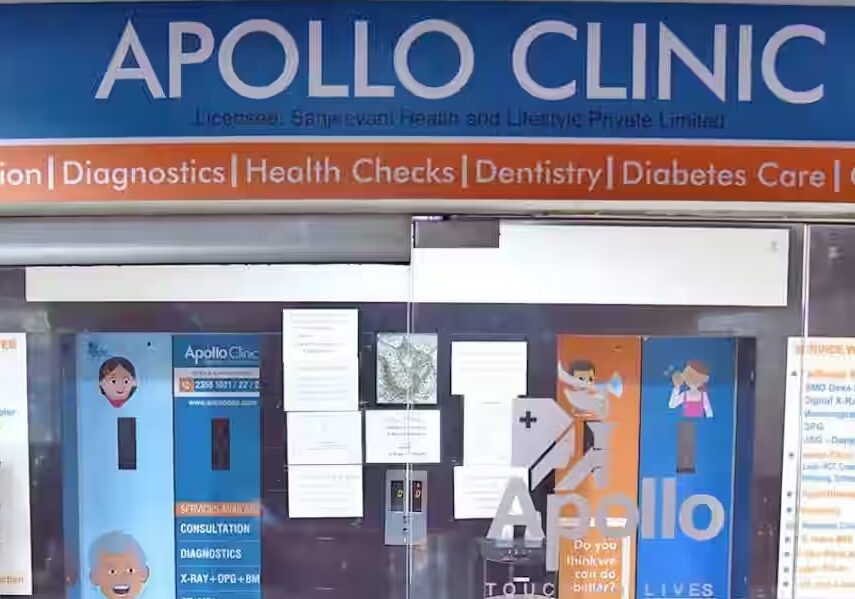
Addiction rarely stands alone. Many people dealing with substance abuse also face underlying mental health disorders such as depression, anxiety, PTSD, or bipolar disorder. When both conditions occur together, it’s called dual diagnosis or co-occurring disorders.
Unfortunately, traditional methods that treat addiction separately often do not succeed. If the underlying mental health issues contributing to substance use are left unaddressed, relapse is likely. That’s where dual diagnosis programs come in, offering care that treats both the mind and the addiction. This lays the groundwork for sustainable recovery and a healthy lifestyle.
In this article, we’ll explore how dual diagnosis works, the structure of effective treatment programs, and why they’re crucial for long-term healing.
What Is Dual Diagnosis?
Dual diagnosis refers to the situation where someone has a mental health disorder and a substance use disorder at the same time. According to the National Institute on Drug Abuse, nearly 50% of people with a mental illness will also experience substance abuse at some point in their lives.
Common mental health issues seen in dual diagnosis cases include:
– Depression
– Anxiety disorders
– Bipolar disorder
– PTSD
– Personality disorders
– Schizophrenia
These mental health conditions often lead to increased substance use as a way to cope. Over time, this self-medication can develop into full-blown addiction. To truly recover, both conditions must be treated together, not separately.
Why Dual Diagnosis Treatment Is Essential
A person with untreated anxiety may turn to opioids for calmness. Someone with depression may depend on alcohol to numb emotional pain. In each case, substance use might provide temporary relief but ultimately harms mental health, creating a destructive cycle.
This highlights the importance of mental health treatment integrated into addiction care. These programs address the root causes of substance abuse and help individuals manage their mental health in healthier, sustainable ways.
Dual diagnosis programs are designed to:
– Diagnose and treat mental health disorders alongside addiction
– Stabilize patients physically, mentally, and emotionally
– Equip individuals with long-term coping strategies
– Prevent relapse by looking at the whole picture of the patient’s condition
What Happens in a Dual Diagnosis Treatment Program?
Most dual diagnosis care occurs in residential treatment programs or specialized rehab centers that provide integrated therapy, medication management, and lifestyle support. Here’s what typically happens:
1. Comprehensive Assessment
At the start of treatment, professionals conduct a full psychological and physical evaluation to determine the presence and severity of both the substance use and the mental health condition. This assessment helps create a personalized treatment plan.
2. Integrated Therapy
Patients engage in therapies that address both disorders simultaneously. Common and effective modalities include:
– Cognitive Behavioral Therapy (CBT): Helps individuals identify and replace harmful thoughts and behaviors.
– Dialectical Behavior Therapy (DBT): Particularly effective for people with emotional issues and personality disorders.
– Trauma-Informed Therapy: Important for patients with PTSD or a history of abuse.
– Group Therapy: Builds connection, accountability, and community.
3. Medication Management
For many people, managing mental health symptoms requires medication. A dual diagnosis rehab center offers access to psychiatrists who can prescribe and adjust medications like antidepressants or mood stabilizers while monitoring substance use recovery.
4. Lifestyle Restructuring
Dual diagnosis programs emphasize developing a healthy lifestyle. Patients learn how to manage stress, practice self-care, eat nutritious meals, engage in exercise, and rebuild daily routines that support sobriety and mental stability.
5. Family Therapy and Education
Addiction and mental illness affect the entire family. Many programs include family therapy and education to help loved ones understand dual diagnosis, rebuild trust, and set healthy boundaries.
6. Aftercare and Relapse Prevention
After completing residential care, individuals transition to outpatient or transitional programs that provide therapeutic support while they gradually return to everyday life. This ongoing structure is vital for preventing relapse.
Types of Dual Diagnosis Treatment Settings
Not every facility provides the same level of care, so it’s crucial to find a program that suits your needs. Common options include:
Residential Treatment Programs
These inpatient rehab centers offer 24/7 supervision, structure, and intense therapy. They are ideal for individuals with severe co-occurring disorders or those with a history of relapse. Patients stay on-site for 30 to 90 days, receiving daily therapy and medical support.
Outpatient Treatment Programs
For individuals with milder symptoms or strong support systems at home, outpatient care provides flexibility. Patients attend therapy sessions several times each week while living off-site.
Partial Hospitalization Programs (PHPs)
These programs strike a balance between inpatient and outpatient care. Patients attend treatment during the day and return home at night, providing structure without a full residential stay.
How Dual Diagnosis Programs Promote Sustainable Recovery
Addressing Root Causes
Addiction isn’t just about drugs or alcohol; it’s about understanding why someone turns to substances in the first place. By treating the underlying mental health disorder, dual diagnosis programs remove a key trigger for substance use.
Improving Mental and Emotional Stability
When mental health symptoms are managed through therapy and medication, individuals are more equipped to handle cravings, stress, and life challenges without relapsing.
Rebuilding a Healthy Lifestyle
Many people enter rehab with poor sleep habits, unhealthy diets, and no coping tools. Dual diagnosis care helps patients establish routines that support overall wellness and sobriety.
Strengthening Support Systems
By involving families and connecting patients to peer support groups, these programs help individuals create strong, lasting support networks.
Long-Term Planning and Aftercare
Recovery doesn’t stop after 30 days. Dual diagnosis treatment includes planning for ongoing support, such as continued therapy, sober living options, and relapse prevention tools. This helps individuals maintain progress outside of the rehab center.
Choosing the Right Program for You or Your Loved One
If you or someone you care about struggles with addiction and mental health issues, selecting the right treatment program is an important decision. Look for programs that:
– Have licensed mental health and addiction professionals
– Provide both individual and group therapy
– Use evidence-based approaches like CBT and DBT
– Include family therapy and education
– Have a clear aftercare or relapse prevention plan
– Focus on developing a healthy lifestyle, not just abstinence
Conclusion: Healing the Mind and Body Together
True recovery from addiction involves more than just quitting drugs or alcohol. It requires healing the mind, understanding the root causes, and developing the emotional strength to thrive in daily life.
Dual diagnosis programs are essential because they treat the whole person, not just the symptoms. By addressing both mental health and substance use disorders at the same time, they lay the foundation for lasting recovery, improved well-being, and a healthier lifestyle.
Whether through residential treatment programs, outpatient care, or long-term mental health treatment programs, help is available. Recovery is not only possible; it can be sustainable.

